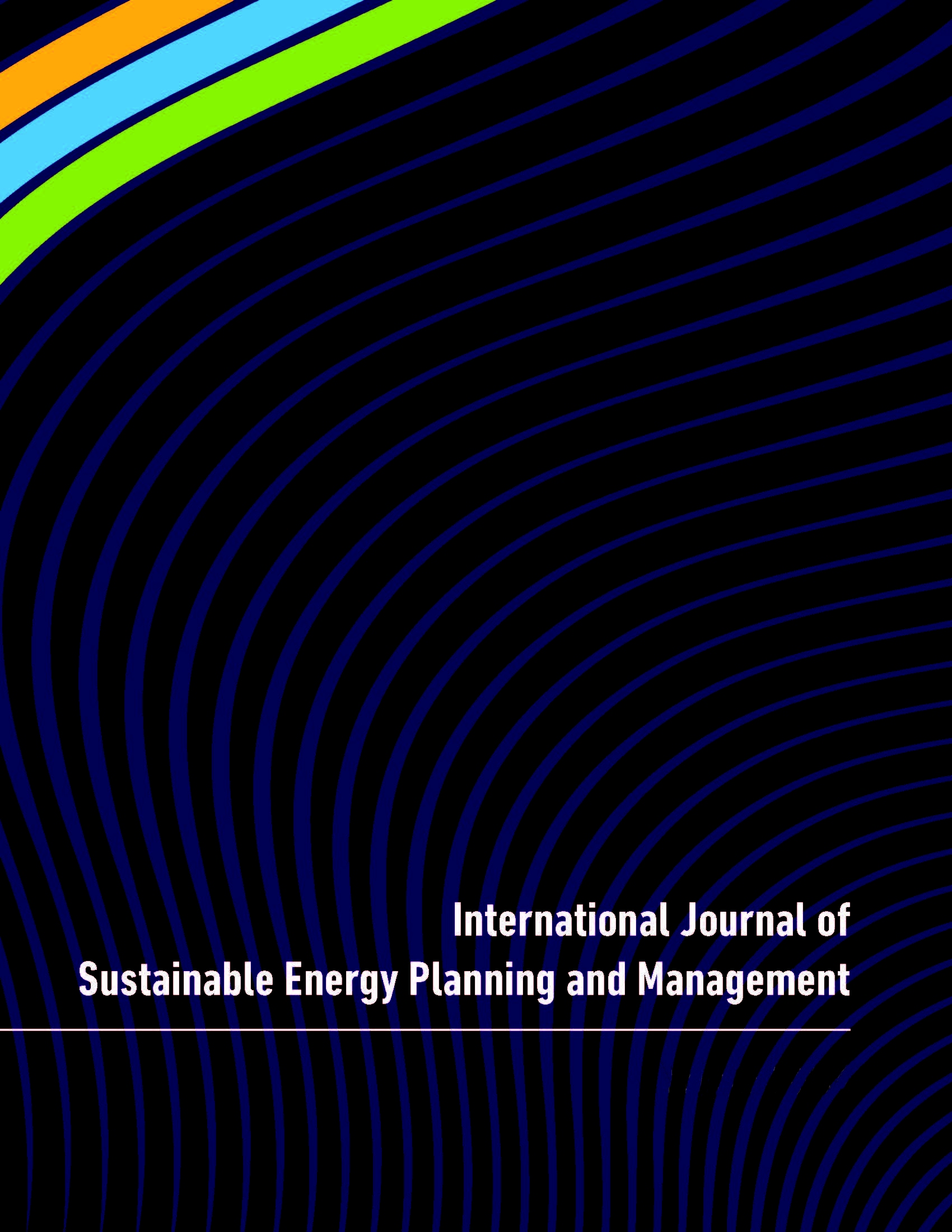Modelling the spatial energy diversity in sub-city areas using remote sensors
Main Article Content
Abstract
This research paper aims first to present in a digital map a class information about surface temperature in domestic buildings by means of thermal imagery. The classes are relative to the particular temperature distribution and for the particular night of the survey. Classification assigns every pixel into one of five classes based on where the pixel falls in the histogram, into an integer between 1 and 5, with 1 representing being the “coolest” pixels and 5 being the “hottest” resolution, based on a case study acquired over Newcastle upon Tyne (United Kingdom). The ultimate aim is combine this information with building level data set for Newcastle and adds on the energy modelling aspect through linking with the English House Survey (EHS) as input to the Cambridge Housing Model (CHM). This provides the means to produce building level energy use estimates and surface temperature, which in turn can be analysed both spatially and aspatially. This building level approach provides the potential for energy planners and other bodies to model energy interventions measures with flexibility in scale and to potentially adapt plans to the spatial variability of the local area characteristics.
Article Details
Articles published in International Journal of Sustainable Energy Planning and Management are following the license Creative Commons Attribution-NonCommercial-NoDerivs 3.0 Unported (CC BY-NC-ND 3.0)
Authors retain copyright and grant the journal right of first publication with the work simultaneously licensed under a Creative Commons Attribution License: Attribution - NonCommercial - NoDerivs (by-nc-nd). Further information about Creative Commons
Authors can archive post-print (final draft post-refereering) on personal websites or institutional repositories under these conditions:
- Publishers version cannot be stored elsewhere but on publishers homepage
- Published source must be acknowledged
- Must link to publisher version

